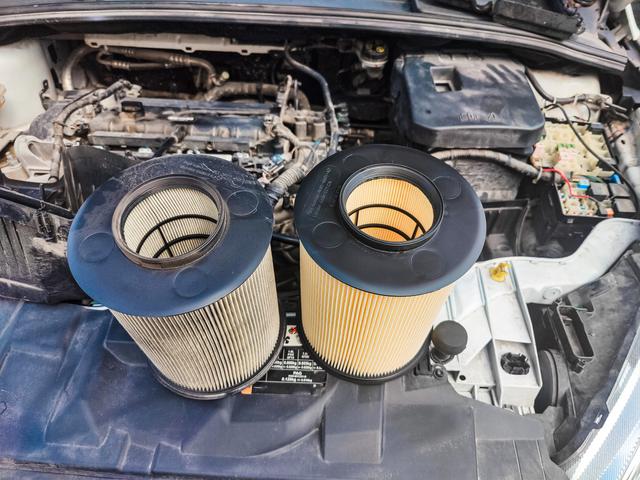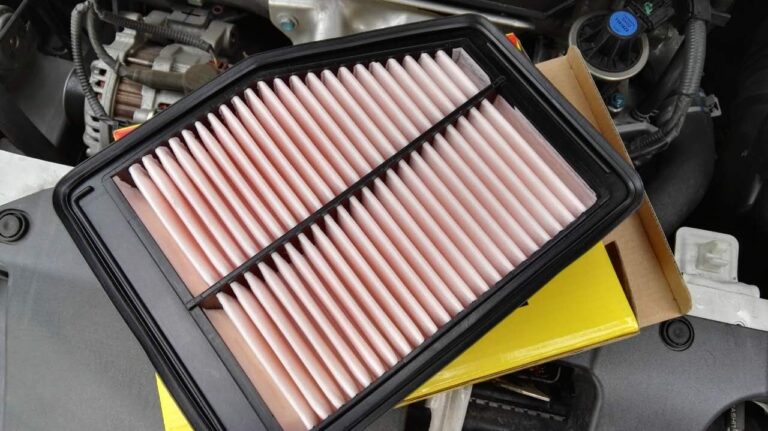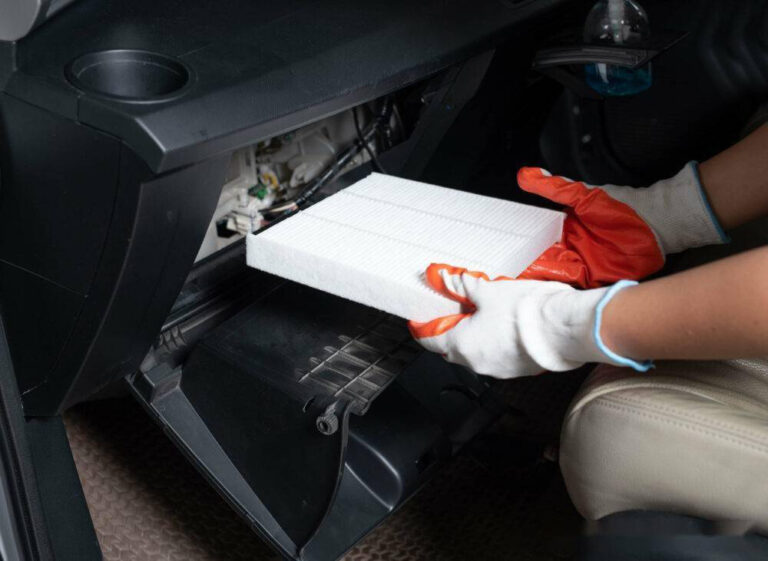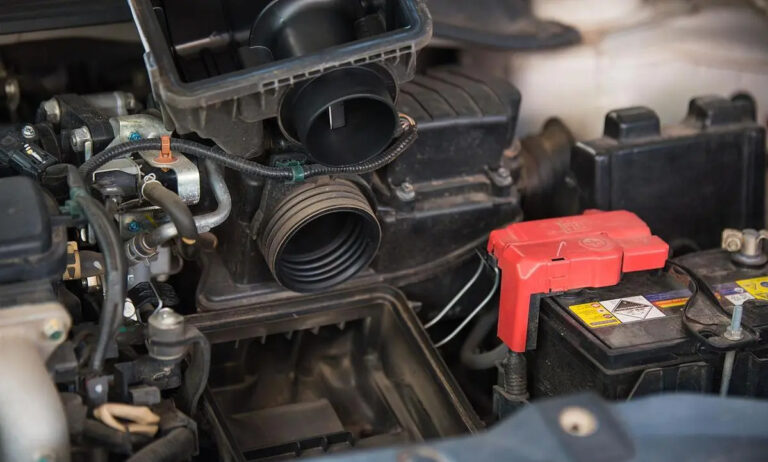what does a cabin air filter do?
In the fast-paced modern life, cars have become an indispensable part of our daily routine. However, are you aware of the profound impact that the quality of air inside your car has on our health and driving experience? The cabin air filter, a seemingly inconspicuous component, plays a crucial role in maintaining fresh air within the vehicle.
This article will take you on a deep dive into the working principles, importance, and effective maintenance and replacement of cabin air filters.
Understanding Cabin Air Filters
Construction Cabin Air Filters
Dubbed as the “air purifier” of our vehicles, the cabin air filter is composed of filtering media and a housing shell. Its intricate structure and multi-layered filtering media are at the heart of its function. Each layer targets pollutants of different sizes, achieving a tiered purification of air.
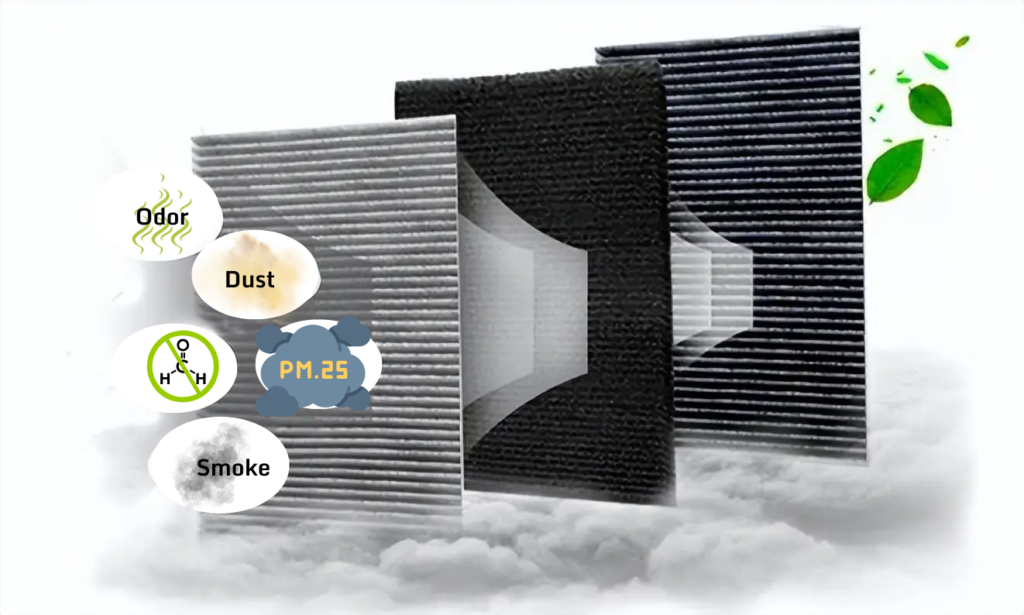
- Pre-filter Layer: Made from paper or polyester fiber materials, it primarily filters large particulates such as dust and pet hair while maintaining air permeability.
- Activated Carbon Layer: Utilizes the adsorptive properties of activated carbon to remove harmful gases and odors from the air.
- HEPA Filter Layer: Specifically captures smaller particulates, including viruses, bacteria, mold spores, and very fine dust. The HEPA cabin air filter is highly regarded for its efficient filtering capabilities.
For special environments or sensitive individuals, a cabin air filter that combines pre-filter, activated carbon, and HEPA layers can provide comprehensive filtration, ensuring clean air inside the vehicle.
The housing of the cabin air filter, made from plastic, rubber, and metal, primarily serves to secure the filtering media, ensuring its position and shape. The design of the housing ensures that the filter does not deform or rupture under high-flow and high-pressure conditions, thus maintaining filtration efficiency.
Working Principle of Cabin Air Filters
Almost all models have an air conditioning system, so whether it’s a fuel or purely electric model, it will have a cabin air filter.
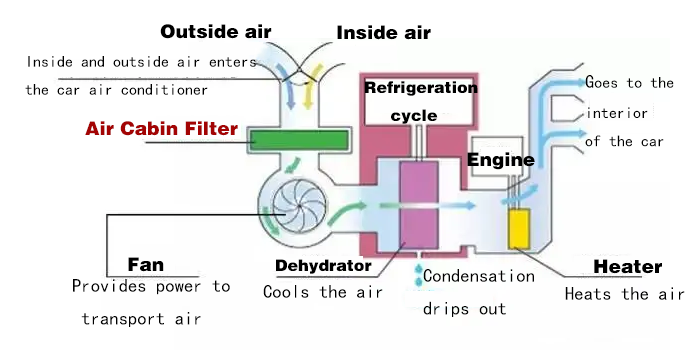
The purpose of the cabin air filter is to filter the air blown into the cabin from the outside.As the vehicle travels, outside air enters the air conditioning system through the intake, passing through the cabin filter. The fibrous structure of the filter media traps particulates, bacteria, pollen, and other harmful substances in the air, adsorbing them onto the surface of the filter media. The filtered, clean air then enters the car through the outlet and is distributed throughout the vehicle by the air conditioning system, ensuring fresh air and enhancing driving comfort and passenger experience.
Location of the cabin air filter

- Inside the glove box in front of the passenger seat: this is the most common installation location. The air conditioning filter for most models is located here and can be seen and replaced by removing the glove box.
- Under the front windshield: the cabin filter is installed in this location on some models, usually covered by the water guide, which needs to be removed in order to replace it.
- Inside the engine compartment: Very few models, such as some Mercedes-Benz models, are designed with two cabin air filters, and the other one is located in the engine compartment.
The Role of Cabin Air Filters
The primary role of air conditioning filter is to filter out airborne pollutants, maintaining the air quality inside the vehicle. The car’s air circulation system can completely refresh the air in the cabin every three minutes, a frequency far higher than that of air movement in other indoor environments. Thus, the cabin air filter is of paramount importance.

Removal of Particulate Matter
Particulate matter, which can be inhaled into the respiratory system, poses a serious health threat, especially to children, the elderly, and passengers with respiratory conditions like asthma. Cabin filters effectively remove these particulates. Particularly, the HEPA cabin air filter not only absorbs dust particles, alleviating respiratory pain, but also reduces irritation for allergy sufferers, enhancing driving comfort.
Interception of Bacteria and Viruses
Cabin air filters can further inactivate or break down bacteria and viruses through chemical or biological reactions. During flu seasons, the role of cabin air filters is especially crucial as the enclosed car space poses a higher risk of bacterial and viral transmission. Effective filters can reduce the concentration of these pathogens in the air, protecting our health.
Purification of Chemical Pollutants
Volatile Organic Compounds (VOCs) are a broad class of chemicals that may originate from car interior materials such as seats, carpets, adhesives, and coatings, or from the external environment. Prolonged exposure to these chemicals can cause headaches, eye irritation, and respiratory irritation. Cabin filters effectively adsorb VOCs and other harmful chemicals, improving passenger comfort and protecting the environment by reducing the impact of car emissions.
Impact of Cabin Air Filters
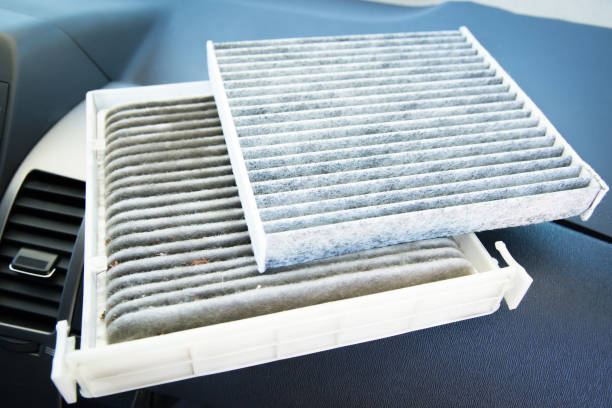
Cabin Air Filters affects human health
Reducing allergens significantly decreases allergic reactions, alleviating symptoms like sneezing, runny nose, and itchy eyes, thus protecting the health of passengers. This also reduces the risk of drivers being distracted or uncomfortable due to allergic reactions or respiratory irritation, enhancing driving safety.
Cabin Air Filters Impact Vehicle Health
Cabin air filters can significantly improve the efficiency of car air conditioning. When filters are clogged with dust and dirt, they restrict airflow, leading to reduced air conditioning performance.
Maintenance and Replacement of Cabin Air Filters
The maintenance and replacement of cabin air filters are key to ensuring the air quality inside the vehicle and the health of passengers. Here are some practical tips:

Cabin Air Filter Replacement Signals
Cabin Air Filter Replacement Time: Replace the cabin air filter according to the vehicle manufacturer’s recommendations, typically every two years or every 20,000 to 30,000 miles, adjusting the timing based on usage environment and driving habits.
Car Interior Air Quality: If there is a noticeable odor or musty smell in the car that persists even after cleaning the interior.
Poor Air Conditioning Performance: If the air conditioning output is reduced and it takes a long time to feel the effect after starting the air conditioning.
Strange Noises: If strange sounds, such as hissing, appear after turning on the air conditioning.
Cabin Air Filter Replacement Tips
Ensure you select the appropriate cabin air filter. There are various types on the market, including regular paper filters, activated carbon filters, and HEPA filters.
Choose the right cabin air filter based on your needs and environmental conditions. Having the correct cabin air filter size is crucial, as filters may vary by vehicle model.
How to Replace Cabin Air Filter
The easy replacement tutorial can be found in the graphic below, refer to the article for details” How to change cabin air filter“
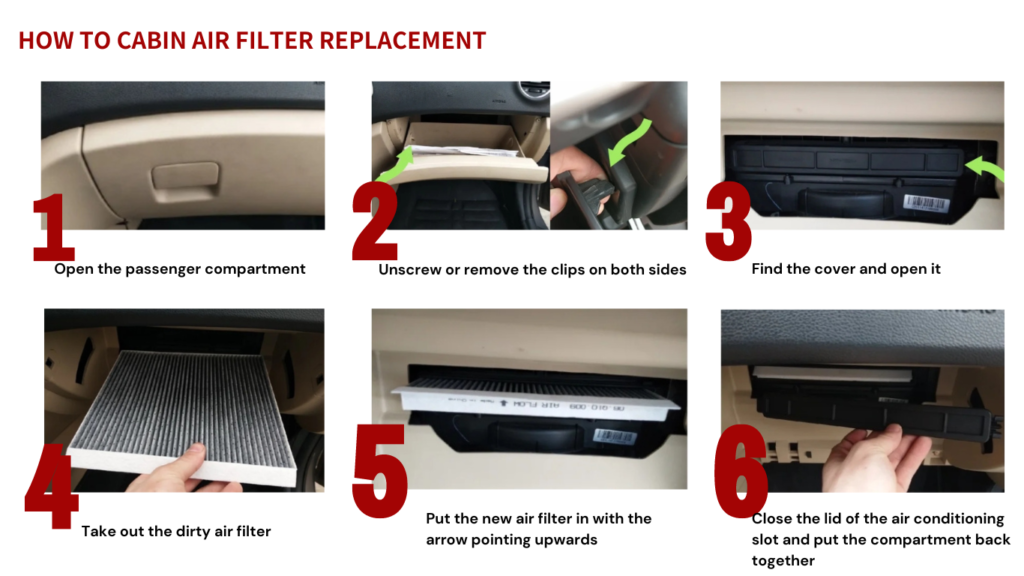
Conclusion
The cabin air filter is a critical component of a vehicle’s heating, ventilation, and air conditioning (HVAC) system. Often overlooked, it is closely related to maintaining a healthy and comfortable driving environment. By understanding the role of the air conditioning filter and keeping it in good condition, you can ensure that your vehicle not only performs at its best but also provides a safe and comfortable space for you and your passengers. Therefore, when considering your next car maintenance, do not forget this small accessory; it is working hard to keep the air inside your car clean and fresh.




